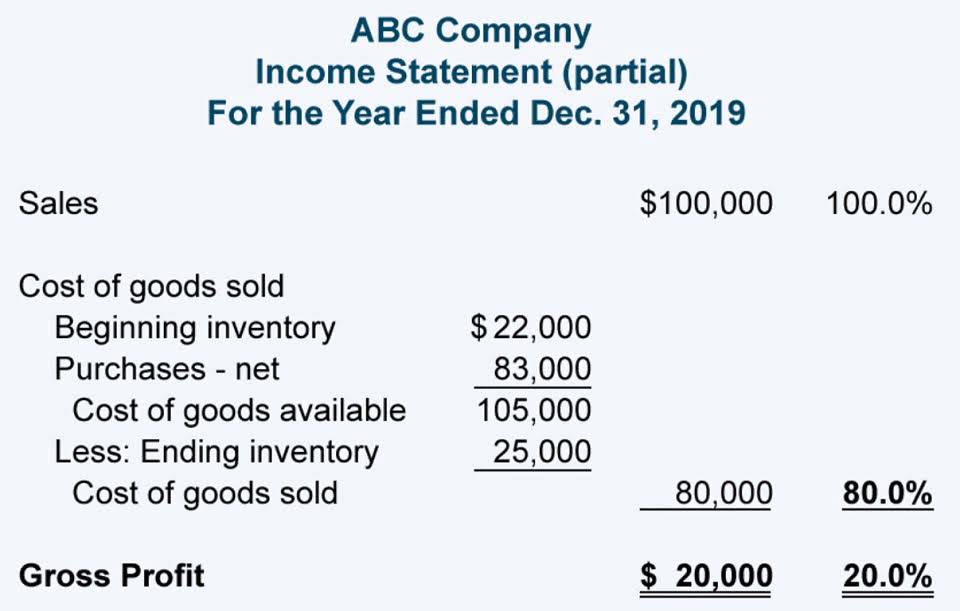
Company management usually decides https://x.com/BooksTimeInc if profits are used to pay shareholder dividends or set aside for retained earnings. That said, it’s possible for shareholders to challenge this through a majority vote, as the real business owners decided their purchase of common stocks. Shareholders often find themselves on the same side as company management when it comes to retained earnings, however. It is essential for businesses large and small to accurately keep track of their retained earnings, as well as their total assets and liabilities. A limited liability company (LLC) may have shareholders who are not liable for the company’s debt, but they are — as in a general partnership — still entitled to receive distributed profits. Any profits not distributed at the end of a fiscal year are considered retained earnings.
Our Team Will Connect You With a Vetted, Trusted Professional
Retained Earnings are listed on a balance sheet under the shareholder’s equity section at the end of each accounting period. To calculate Retained Earnings, the beginning Retained Earnings balance is added to the net income or loss and then dividend payouts are subtracted. Retained earnings represent a company’s accumulated profits or losses.
How Net Income Impacts Retained Earnings
Any factors that affect net income to increase or decrease will also ultimately affect retained earnings. Retained earnings refer to the portion of a company’s profits that are reinvested back into the business, rather than being distributed to shareholders. Over time, retained earnings can have a significant impact on a company’s growth and profitability.

Financial Controller: Overview, Qualification, Role, and Responsibilities

Retained earnings, on the other hand, refer to the portion of a company’s net profit that hasn’t been paid out to its shareholders as dividends. Retained earnings are reported in the shareholders’ equity section of a balance sheet. Positive retained earnings signify financial stability and the ability to reinvest in the company’s growth. This usually gives companies more options to fund expansions and other initiatives without relying on high-interest loans or other debt. Management and shareholders may want the company to retain earnings for several different reasons. Companies retained earnings asset or liabilities can use their retained earnings to reinvest in their businesses and finance future growth opportunities or strategic investments.
- This can make a business more appealing to investors who are seeking long-term value and a return on their investment.
- As the formula suggests, retained earnings are dependent on the corresponding figure of the previous term.
- Retained earnings refer to the cumulative positive net income of a company after it accounts for dividends.
- Comparing your retained earnings from one accounting period to the next can help provide an important metric in how your company is doing financially and serve to guide future business decisions.
- Businesses can choose to accumulate earnings for use in the business or pay a portion of earnings as a dividend.
- In other words, retained earnings is the amount of earnings that the stockholders are leaving in the corporation to be reinvested.
This gives you the amount of profits that have been reinvested back into the business. To raise capital early on, you sold common stock to shareholders. Now your business is taking off and you’re starting to make a healthy profit which means it’s time to pay dividends. Retained Earnings (RE) are the accumulated portion of a business’s profits that are not distributed as dividends to shareholders but instead are reserved for reinvestment back into the business. Normally, these funds are used for working capital and fixed asset purchases (capital expenditures) or allotted for paying off debt obligations.


Shareholders, analysts and potential investors use the statement to assess a company’s profitability and dividend payout potential. For example, during the period from September 2016 through September 2020, Apple Inc.’s (AAPL) stock price rose from around $28 to around $112 per share. During the same period, the total earnings per share (EPS) was $13.61, while the total dividend paid out by the company was $3.38 per share. The decision to retain earnings or to distribute them among shareholders is usually left to the company https://www.bookstime.com/ management. However, it can be challenged by the shareholders through a majority vote because they are the real owners of the company. No, retained earnings are not a current asset for accounting purposes.
